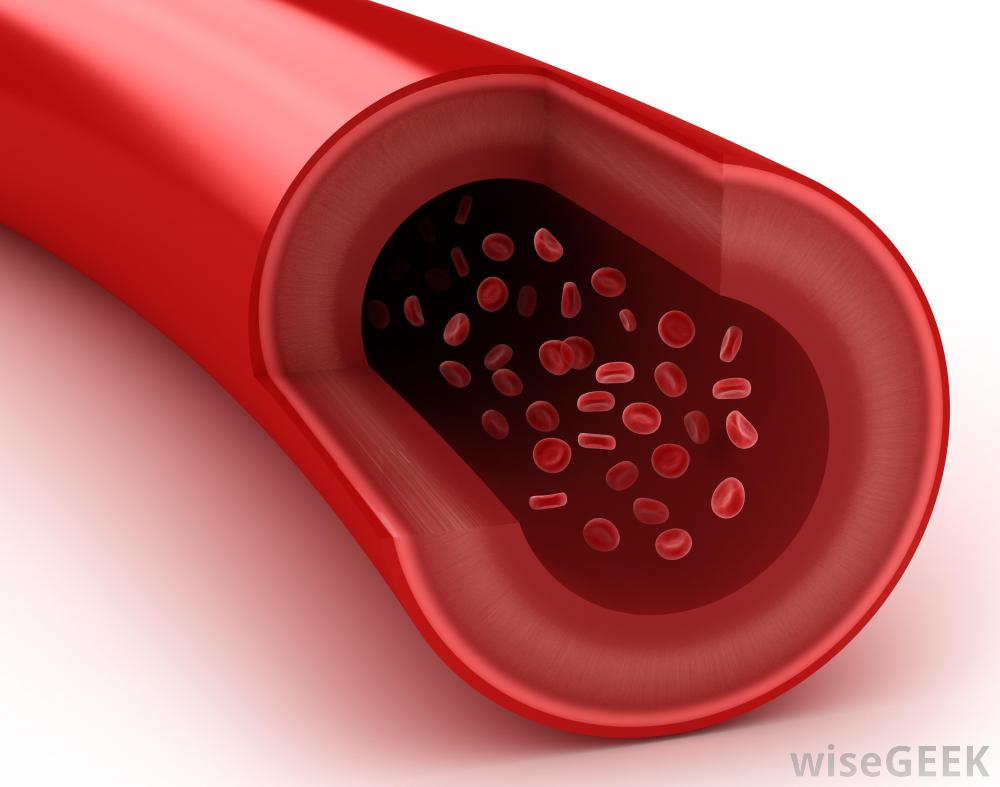Understanding Endothelial Dysfunction By Dr. Alan Pressman

The Importance of Understanding Endothelial Dysfunction
By Dr. Alan Pressman, DC, CNS, DAC, BN
 Endothelial dysfunction is a fancy word for a condition where the inner linings of blood vessels are not functioning correctly. This is because of three issues – reduced vasodilation (the opening of the artery when the heart pumps), inflammation of the lining of the artery, and the formation of clots. The endothelium (a layer of cells that line the blood vessel) is like a retaining wall with tiny leaks; without the leaks, the wall would crack and fall apart. In the case of the artery, tiny gaps between the cells that line the artery allow for important cells, fluids, nutrients, gases and waste to move in and out of the circulatory system.
Endothelial dysfunction is a fancy word for a condition where the inner linings of blood vessels are not functioning correctly. This is because of three issues – reduced vasodilation (the opening of the artery when the heart pumps), inflammation of the lining of the artery, and the formation of clots. The endothelium (a layer of cells that line the blood vessel) is like a retaining wall with tiny leaks; without the leaks, the wall would crack and fall apart. In the case of the artery, tiny gaps between the cells that line the artery allow for important cells, fluids, nutrients, gases and waste to move in and out of the circulatory system.
The artery has three layers – a thick outer layer of connective tissue, a middle muscular layer and a very thin, delicate inner layer known as the endothelium. There are a number of theories about how the innermost part of an artery can become scorned and damaged. One theory is called the “inflammation theory”, which states that very low grade inflammation (almost too small to detect) irritates the endothelium, causing scarring. This results in the formation of plaque and eventually blockages.
Another theory is the “low grade scurvy” theory , which says that people with low vitamin C levels in their diet have susceptibility to artery weakness because of weakened collagen. Collagen is the glue that holds us together. Without strong collagen, arteries get leaky and plaque forms in order to plug the holes. Nonetheless, preventing plaque in the vascular system is essential for avoiding heart attacks, strokes and peripheral vascular disease – the number one problem for diabetics.